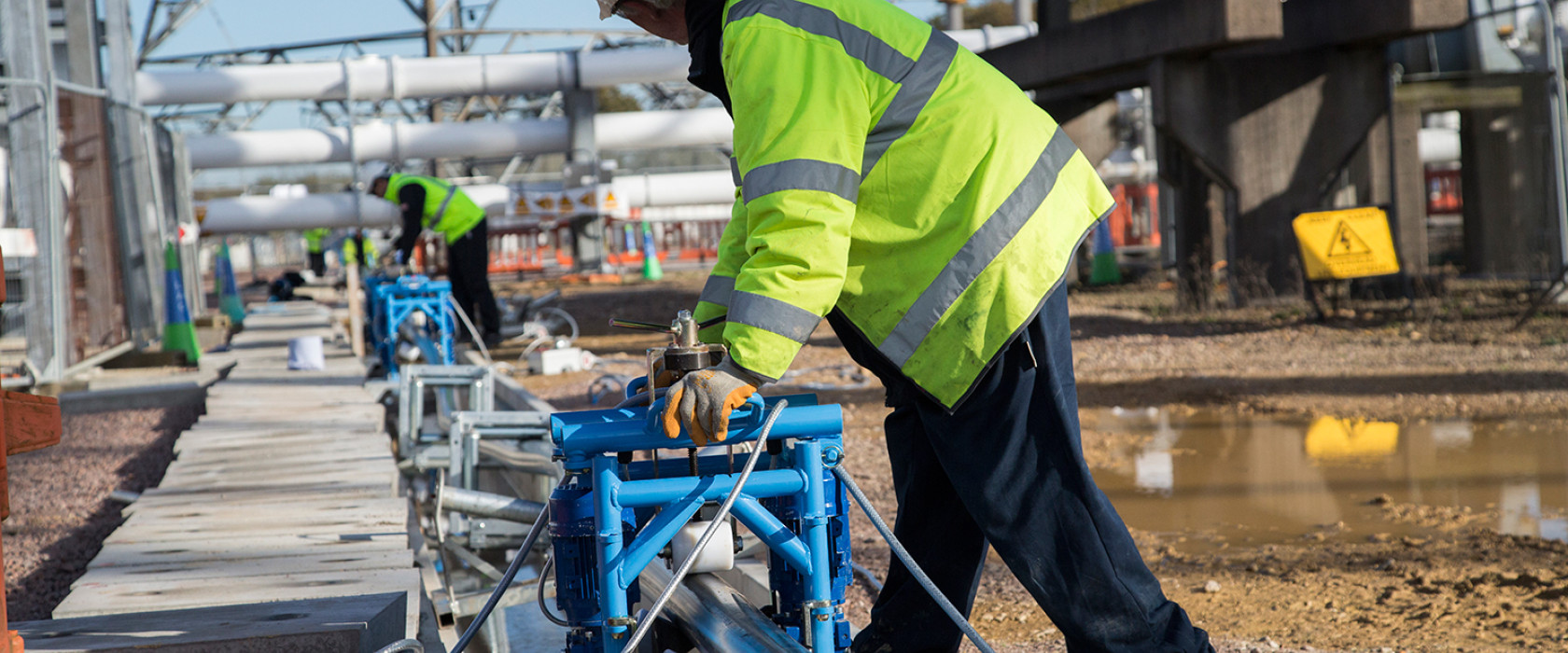- Sector
- Client Morgan Sindall | Alstom | National Grid
- Value £2.8M
The four new super grid transformer connections link the existing Air Insulated Switchgear (AIS) substation to the newly constructed Gas Insulated Switchgear (GIS) building at National Grid’s Bramford substation via 400kV underground cables.

Innovative installation strategy with major safety benefits
First consultancy to type register a new National Grid approved cable supplier
Economical solution
A tailored and technically efficient design, the four new super grid transformer connections link the existing Air Insulated Switchgear (AIS) substation to the newly constructed Gas Insulated Switchgear (GIS) building at National Grid’s Bramford substation via 400kV underground cables.
It saw the competitive market for cable suppliers widened through BakerHicks’ successful type registration of a new cable supplier. A first for National Grid, the project proved a catalyst for cost saving solutions across its portfolio.
BakerHicks were involved right from the feasibility stage, through the project design, to the tendering process. We were also responsible for the Front End Engineering Design (FEED) for the project development and investment process, as well as the Detailed Design and Delivery (DDD).
Design and optioneering of cable route, installation, pulling tension, trough, cable sealing end support structures and thermo-mechanics
Analysis of structural elements, including cable sealing support structures and support foundations, risk and CDM review, impressed voltage study reviewing the dangers of impressed voltages and checking the impact of short circuit forces
TP141 Design Verification for all extra high voltage (EHV) cabling aspects and TP188 project review of hazards
Cable rating and cable crossing calculations
Design Intent Document, providing key input for substation civil and HV cabling sections of tender documents
Short Term Overload Ratings (STOR), populating National Grid SCT36- Schedule D as required for decommissioning
With such high voltages involved, safety was a key element of the design. Our engineers developed a highly specialised cable installation methodology with specially designed motorised cable rollers and caterpillars that removed the use of high tensioned cable winches from the substation. This elimination of risks associated with working next to highly tensioned bonds was a major safety feature. A thorough risk assessment and audit process identified and managed all risks early on, creating a safe working environment.
Major savings on future maintenance costs were provided through our engineers’ designing an improved bonding methodology on the transmission systems, giving the client greater value for money. The project was completed on time and safely, with an easily adaptable design that was taken on board by contractors and suppliers, ensuring a hassle-free handover to the construction phase.
European network, local expertise.